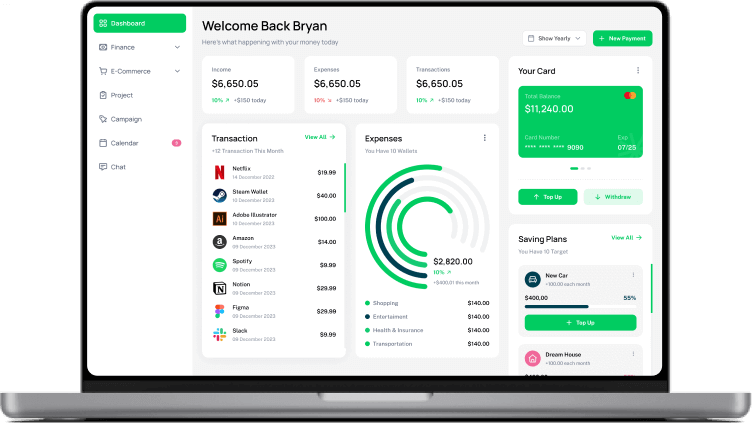Capped Commissions
Definition: Capped commissions are a type of compensation paid to a person as a capped amount of commission over a designated time. That is, a situation in which a salesperson receives a commission up to a certain maximum even if they overachieve on their sales target.
Understanding Capped Commissions
Some firms use capped commissions to maintain expenses and to ensure excessive payouts do not take place. Here’s how it works:
- Commission Cap: A cap on the maximum limit of commission that the salesperson can attain. For example, if you set the cap for commission at $50,000, then regardless of how much the salesperson manages to sell, they won’t be able to earn more than $50,000 in commission.
- Impact on Sales Behavior: By capping commissions, the incentive would be decreased for a salesperson to pursue any more sales upon reaching the capped level. In other words, this may imply that a salesperson is not highly incentivized to strive for more sales beyond the capped level.
- Use in Sales Plans: Some firms use capped commissions to keep a budget predictable and to assure fairness across a sales team. It helps avoid having a few top performers earn too much commission.
Pros and Cons of Capped Commissions
Pros
- Budget Control: Companies would be able to control costs and place a ceiling on the total payout under this arrangement.
- Encourages Teamwork: By capping commission, companies can encourage salespeople to work more collaboratively, as excessively high earners are capped.
- Prevents Revenue Discrepancies: Balances the revenue and payout ratios in such a way that sales incentives do not consume a disproportionate share of the sales revenue.
Cons
- Reduced Motivation: Salespeople may lose the motivation to keep up with targets beyond the capped point, and in the process, the general business may be hurting in overall sales performance.
- May be Inequitable: The capped commissions, at times, lead to sales staff feeling that inequities are created if the caps restrict the top performers from receiving adequate rewards.
- Potential for Negative Competition: Salespeople may have a tendency to hold off on closing business if they are nearing their cap, which could interfere with the normal sales cycle and potentially cause lost opportunities.
Real-World Example
Consider a salesperson who earns a 5% commission rate with a $50,000 cap. If this salesperson sells $1,000,000 worth of products:
Uncapped Commission = 5% * $1,000,000 = $50,000
If the salesperson continues to sell and reaches $2 million in sales:
Capped Commission = min($100,000, $50,000) = $50,000
Even if the sales are doubled, the capped amount of the salesperson’s commission is still $50,000.
Alternatives to Capped Commissions
To avoid the drawbacks of capped commissions, organizations could consider:
- Progressive Commission Plans: Where the commission rates increase with higher sales, meaning that higher performers are rewarded without any real cap in effect.
- Bonus Structures: Bonuses for important milestones can still keep the salespeople motivated, even though they might be on an otherwise capped commission structure.
- Profit Sharing: Involving salespeople in profit sharing can motivate them to work towards the success of the company in general and not just individual sales.
Conclusion
While capped commissions may accomplish cost containment and team building, they can also be a disincentive to the cream of the crop if designed carelessly. It’s a delicate balance that companies have to strike between cost control and motivation and reward of top-performing salespeople.

